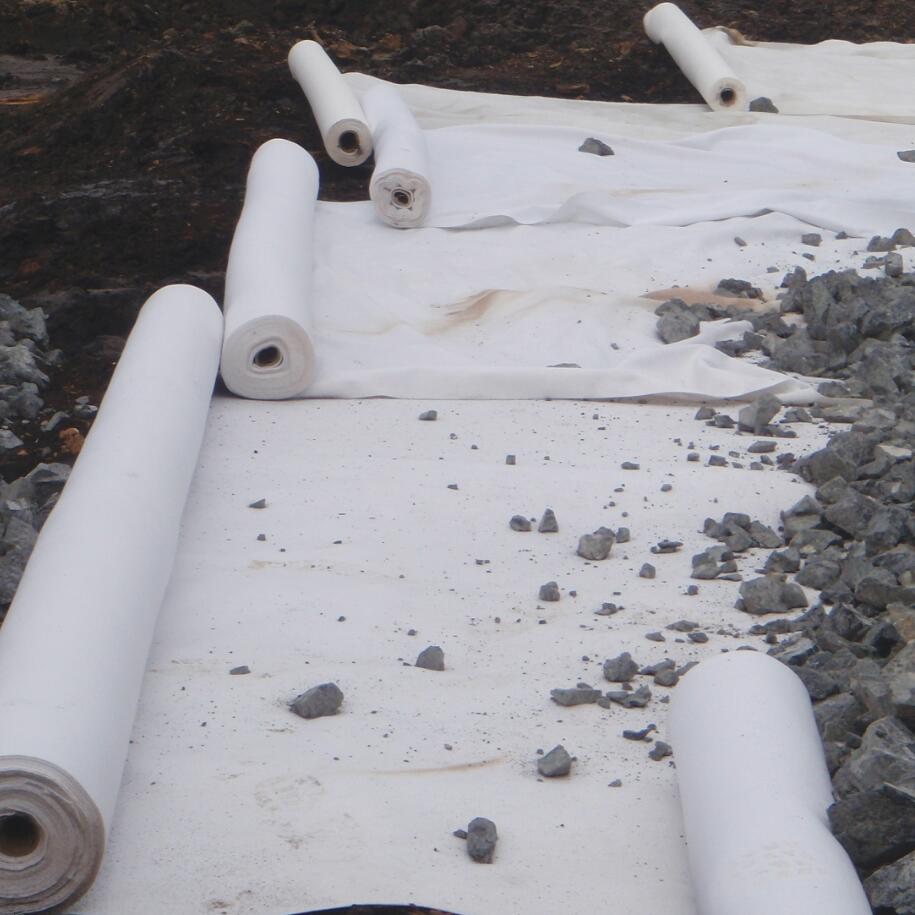 Back to List
Back to List

Geotextiles are used in civil construction projects to improve soil properties.
Geotextiles make poor soils easier to manage, allowing construction to take place where it would otherwise not have been appropriate.
Geotextiles are ideal for many infrastructure projects, such as roads, ports, landfills, drainage structures and other civil works.
Geotextile applications
Geotextiles can be used in many common applications:
Unpaved roads and paved roads on airport runways
Landfill and stone foundation courses
Sidewalks and sand drains
Parking and roadside areas
Green space and recreational facilities
Retaining wall construction
Duct row and duct ditch
The function of geotextiles
Geotextiles are commonly used to improve the soil on which roads, embankments, pipes and retaining structures are built.
There are several types of geotextile materials, including mesh, warp knitted and closed fabrics or non-woven fabrics.
Different geotextile materials are specified for different properties, such as separation, filtration, drainage, reinforcement, sealing and protection.
Geotextile separation
The separation function plays an important role when geotextiles are installed between two different soil materials.
In this case, the geotextiles will separate the different materials, so that the desired soil properties can be obtained.
The main purpose of this geotextile is to prevent the soil from mixing as water enters the soil layers.
For example, in road construction, you might want to separate fine subgrade aggregates from coarse aggregates at the bottom.
In this way, the drainage characteristics will remain intact, preventing the fine aggregate from filling the gaps between the larger aggregates.
These types of geotextiles have special thickness and permeability properties that prevent soil contamination and allow water to flow through without damaging the strength and structural capacity of the road.
Geotextile filtration
The filtered geotextile properties are used to allow water to move in both directions.
These types of geotextiles may be woven or non-woven and are used to prevent fine aggregates from moving between layers of soil.
Depending on the porosity and permeability of the material, geotextile can also facilitate the lateral flow of drainage and dissipate the upward capillary kinetic energy of groundwater.
Geotextiles can be used for vertical and horizontal applications, helping to solve drainage problems around the house and on roads and kerbs.
Geotextile reinforcement
When geotextile is used to improve soil properties, its design is based on the following key factors:
Friction or motion constraint
Load support
Change of bearing failure plane
This is equivalent to the function of steel reinforcement in concrete.
Geotextiles are used for embankments and roads built on poorly sloping soil, and for steep embankments.
For such applications, it is always recommended that the geotechnical engineer provide design parameters.
Geotextile seal
Geotextiles can be impregnated with asphalt or other mixtures to make them impermeable, thus limiting the flow of liquids in both directions.
This requires non-woven cloth.
Impermeable geotextiles may be used to prevent contamination of soil or groundwater by contaminants above, or to prevent loss of potable water due to evaporation or contamination.